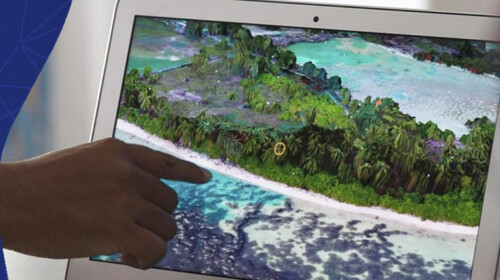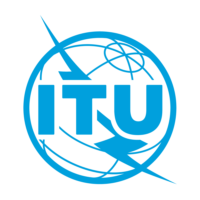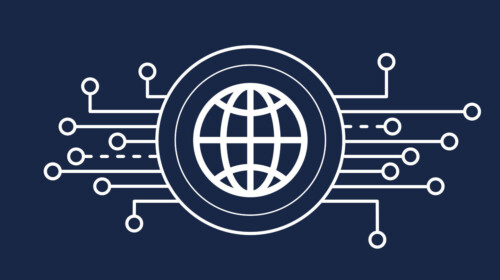Digital technologies offer unprecedented opportunities to accelerate sustainable development in SIDS, transforming the way governments, businesses, and society work. As reflected in the SAMOA Pathway, digital transformation is at the forefront of driving solutions for the blue economy and building resilience against climate crises and shocks. As the COVID-19 pandemic is driving a rapid increase in digital, governments are seeking to develop more comprehensive national digital transformation strategies, to bring greater coherence to their digital initiatives, and to ensure that the benefits of digital transformation are inclusive – and that no one is left behind. Digital transformation has impacts on virtually all sectors and civil servants across government ministries are increasingly called upon to participate and drive this transformation. The objective of the course is to build capacity and raise awareness of the values and constituent elements of a whole-of-government and whole-of-society digital transformation framework and how these catalyze progress towards the SDGs.
This course offers an online introduction to support civil servants and other stakeholders in the digital ecosystem in shaping an inclusive, whole-of-government approach to digital transformation in Small Island Developing States (SIDS). The course provides an introduction to digital transformation in SIDS around five pillars of digital transformation: government, infrastructure, regulation, business, and people. The course offers the latest available data on digital transformation in SIDS; and highlights examples, challenges and opportunities and case studies of innovation across SIDS. It features analytical tools, such as the UNDP Digital Readiness Assessment and UNCDF Inclusive Digital Economy Scorecard and offers links to resources and extensive lists of additional readings from UNCDF, UNDP, ITU, World Bank, GSMA and others.
The course is available in several languages: English, French, Portuguese and Spanish.
Download SyllabusTarget Audience
The core audiences of this course content will be civil servants and non-governmental participants involved in shaping digital economies in SIDS. It is intended to be introductory, requiring very limited or basic prior knowledge of ICTs or the digital sector.
Learning Objectives
The course will provide policymakers and decision makers with the knowledge to understand and identify key priority areas, gaps, and opportunities for digital transformation across sectors.
Upon completion of this course, participants will be able to:
- Define key concepts associated with digital transformation and its pillars, related to ICT infrastructure, digital government, innovation and digital skills, etc
- Understand opportunities and challenges for building inclusive digital transformation pathways, with particular emphasis on SIDS
- Be aware of available tools and knowledge resources to support the implementation their digital transformation plans
- Understand the stages of the development of a digital transformation strategy









